Carving Out Time
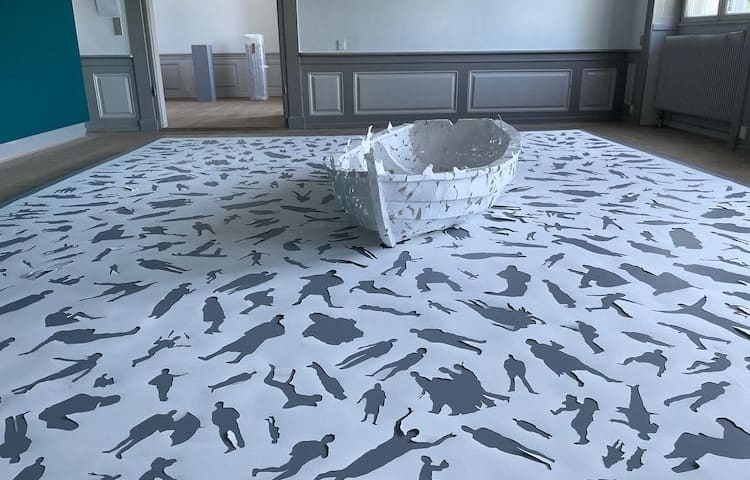
The Sunday Paper #498
March 3, 2024
I took a quick trip to the Boulder/Denver area on Friday/Saturday. One of the highlights was a Front Range Artists’ Book Conversation. We gathered at the University of Denver’s special collections and were treated to a viewing of books by Susan Loudermilk, Emily Martin, Julie Chen, Rhiannon Alpers, Maureen Cummins, Sammy Seung-min Lee and Alice Austin.
I find it so interesting when the stars align: Emily Martin was our February guest artist in The Paper Year – we created her Paper Robots – like the orange figure in top right image below; and this month we’re exploring Turkish Map Folds – the blue structure Alice Austin used for her book, bottom left.
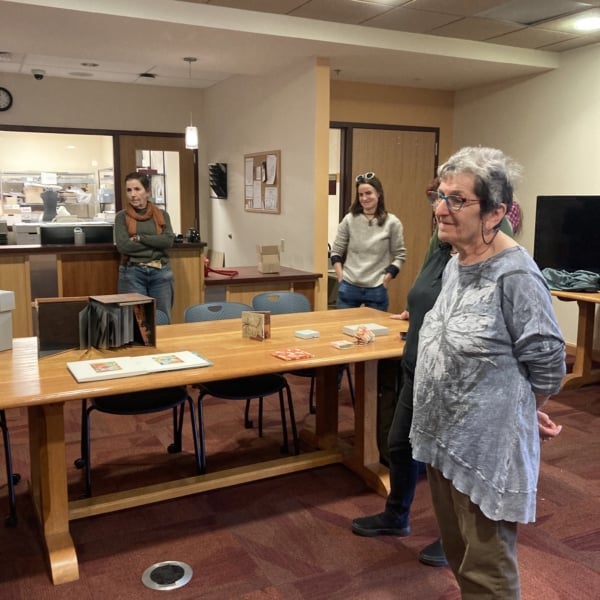 |
 |
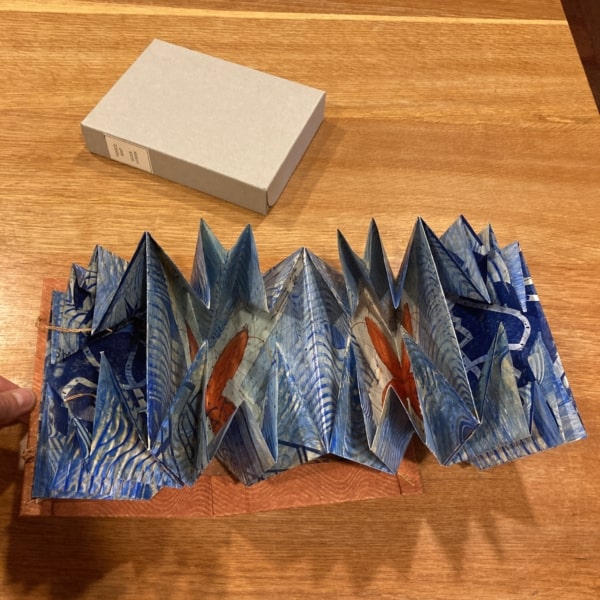 |
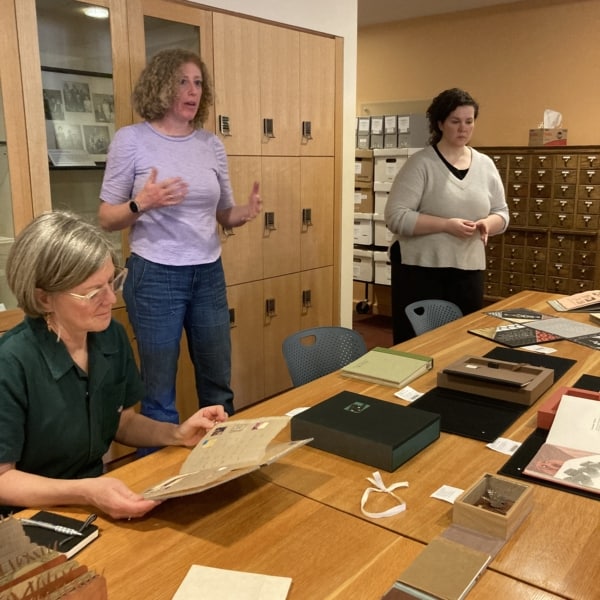 |
Alicia Bailey, who runs Abecedarian Artists’ Books, is the catalyst behind this group, and she is working with Katherine Crowe (at right, bottom right image) Special Collections Curator, University of Denver Libraries, on an upcoming exhibition called Pulp to Pages. Entries are now be accepted, and the show will take place in the library during the North American Hand Papermaker’s annual conference in Denver next October.
——————————————————————————————–––––––
The headline for this piece caught my eye (and then, the woodcuts!!): Portrait of the Artist as a Working Mother. Printmaker LaToya M. Hobb’s work revolves around the busy-ness of family life. Her suite of five 8-by-12-foot prints collectively titled “Carving Out Time” is on view at the Harvard Art Museums through July 21. The exhibition incorporates children’s activity guides, as well as public events conceived by a group of Black women undergraduates at Harvard.
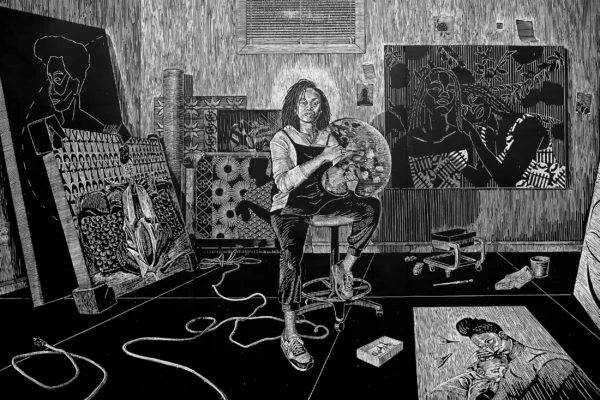
“The Studio” from “Carving Out Time,” 2020–21, woodcut on cotton paper. Art Museums/Fogg Museum, Margaret Fisher Fund, 2022.224.5 © LaToya M. Hobbs Photos by Ariston Jacks; courtesy of the artist
———————————————————————————————–––––––
———————————————————————————————–––––––
The work of Barbara Earl Thomas is currently on view at the Arthur Ross Gallery at the University of Pennsylvania through May 21. Thomas created exquisite paper cut portraits, along with The Transformation Room, a luminous installation created from light and intricately cut Tyvek, which offers a moment of respite for reflection and inspiration.
———————————————————————————————–––––––
Papier-mâché made the New York Times style section this week (this might be behind a paywall). The article features a brief history, as well as several contemporary artists who are using the medium to create representation, reproductions of mundane objects, and functional décor.
—–—————————————————————————————–––––––
Paper Tidbits
- Are you looking for a job? Hand Papermaking is seeking a new Executive Director.
- The Paper Year will open for registration again April 1-10. Click here to Hold Your Spot.
———————————————————————————————––––––
If you read this blog regularly, would you consider making a donation to support the research, writing, design and delivery of The Sunday Paper?
Tell 3500 paper enthusiasts about your work by promoting your business in The Sunday Paper.
———————————————————————————————––––––
SHARE THIS blog post with your paper-loving friends!
I occasionally have affiliate links in my blog posts – links to products in which I will receive a small commission if you make a purchase. Thanks for your support!

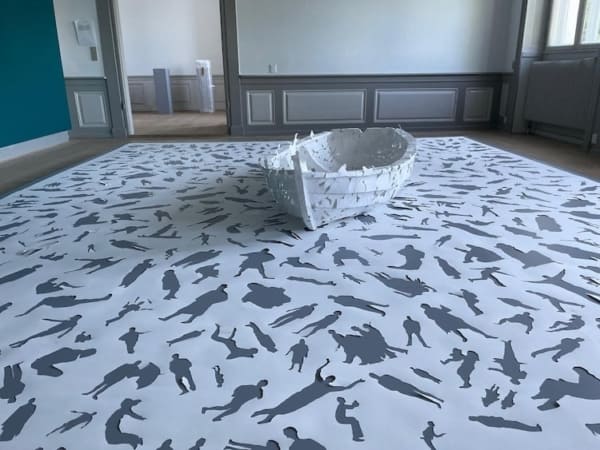

2 Comments
About papier mâché, yes, mâché can be translated by chewed when food is concerned but there is a second meaning in French, which is the correct one for papier mâché. The second meaning is ” : mâcher v.t. Couper sans netteté, en déchirant les fibres, which means to cut grossly, to tear the fibers.
Thanks for this clarification, Hélène. I should have done some fact checking (and the NY Times reporter obviously didn’t)!